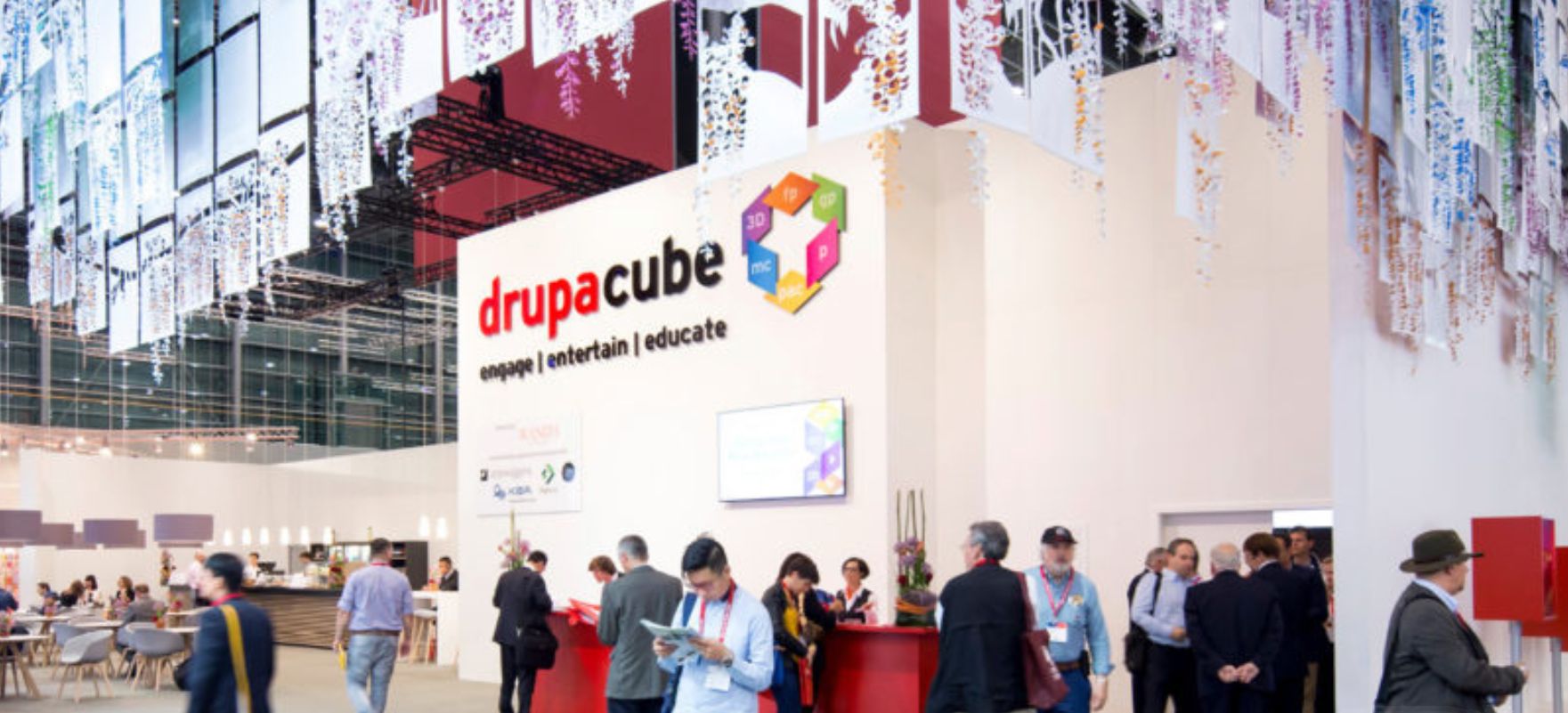
Customization Options with Paper Bag Making Machine The rise in eco-conscious consumer behavior has driven many businesses to adopt sustainable…
Ronald Machines » How a Roll to Roll Printing Machine Works

Roll to Roll printing machine is designed to handle continuous rolls of flexible materials, allowing for high-volume and high-speed printing processes. The “roll-to-roll” concept implies that the material is unwound from a roll, passes through the printing process, and then is rewound onto another roll. Roll to Roll Printing process is efficient for large-scale production of printed materials. This type of printing is commonly used in various industries, including the production of flexible electronics, labels, packaging materials, textiles, and more.
How a Roll to Roll printing machine works:
Roll-to-Roll printing machines offer several advantages, including high efficiency, cost-effectiveness in large-scale production, and the ability to handle flexible materials. They are widely used in industries where continuous, high-speed printing on flexible materials is essential. Features and capabilities of Roll-to-Roll printing machines can vary based on the technology used, the intended application, and the requirements of the production process. Different industries may use different types of Roll to Roll machines to meet their specific needs.
Roll-to-Roll printing machine is widely used in the production of flexible packaging, labels, decorative films, wallpapers, textiles, and other continuous materials. Some printing machines allow for mass customization, as each piece in the roll can be different. Roll to Roll machine may also include coating or laminating units for adding additional functionalities to the printed material.

Customization Options with Paper Bag Making Machine The rise in eco-conscious consumer behavior has driven many businesses to adopt sustainable…

How Paper Bag Making Machine Contribute to Zero Waste Goals The ever-growing mountain of plastic waste is a pressing environmental…

Visiting Drupa 2024 would be beneficial? Technological Innovations: Drupa showcases the most cutting-edge advancements in printing technology. By attending, you…

The Role of Paper Bag Making Machine in Reducing Plastic Pollution In an era where environmental consciousness is paramount, the…
WhatsApp us